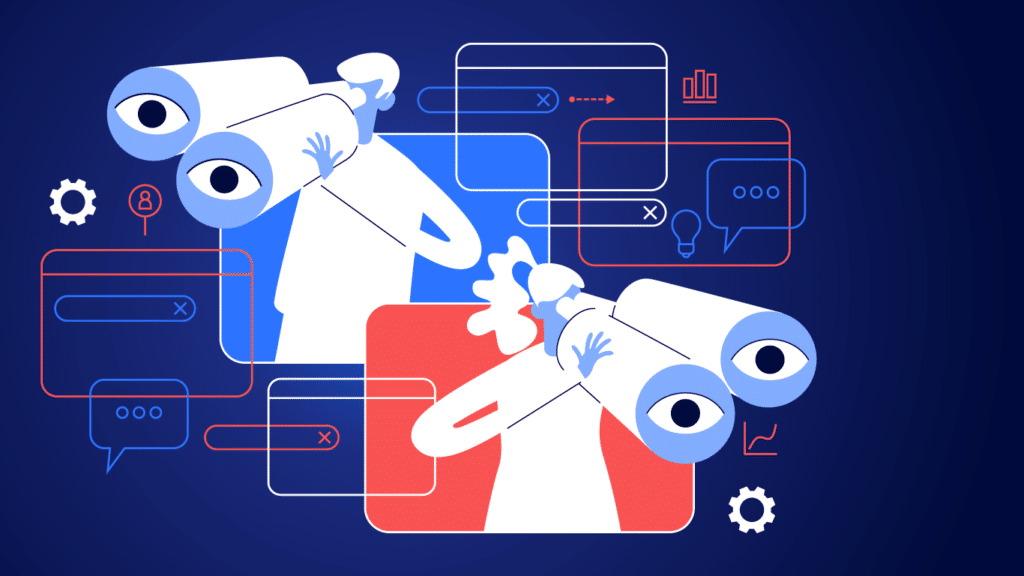In the late 1800s, it’s said that a patent director predicted nothing new would ever be invented. If his quote is true, he isn’t alone: When it comes to innovation, it’s often difficult to think beyond the present. Luckily, the world continually provides new ideas, concepts, and inventions.
Business-to-business analytics is a great example of something merchants of the past would have wanted but never could have imagined. Economies have always depended on close, continued relationships between businesses; for just as long, the challenge has been managing those relationships carefully and consistently.
With the advent of artificial intelligence and predictive analytics, companies finally had a tool that could streamline B2B relationships. Technology could finally handle the heavy lifting of verifying transactions and double-checking details. This presented a world of possibilities, but we haven’t used these tools for much beyond fraud detection and spending analysis.
When it comes to AI-based fraud detection, many companies already use predictive analytics (it’s already commonplace in the healthcare and financial spheres, for instance). After all, this technology is better at catching red flags than human fraud monitors. Beyond that, however, companies rarely leverage this data to improve their B2B relationships. This is a lost opportunity.
B2B relationships are growing far more complex as companies begin to share information and commit to deep partnerships. At the same time, markets across the globe are evolving, and basic economic expectations are shifting. As these factors converge, companies will depend on other businesses more than ever — put simply, they need to maximize the potential of their relationships.
Predictive analytics shows a significant amount of promise here.
The broader value of predictive analytics
In the same way that predictive analytics is currently used for fraud detection, it can also be used to locate inefficiencies within B2B partnerships.
As relationships grow more complex, slow, unproductive, and non-compliant processes will become commonplace, and the impact goes further than we might imagine. For example, Optal research shows that the complexity of B2B payments often bogs down processes unnecessarily. More than one-third of companies said a significant number of supplier invoices require extra attention because of complicating factors: disputes, money-chasing, and the like. This not only adds time to an already lengthy payment process — it makes it easier for value-eroding behaviors to slip in undetected.
The complexity of these relationships also makes identifying, analyzing, and resolving issues much more challenging. Unlike simple fraud, they aren’t necessarily the result of deliberate action by a certain party. This is why employing advanced technologies is so helpful. By identifying specific patterns, they can alert organizations to these behaviors. Predictive analytics offers a complete solution because it’s designed to find salient insights inside the sea of data. It brings issues to light that companies are unable (or even unwilling) to see, allowing them to take an honest look at their successes and failures. In the process, they can determine whether they’re incentivizing behaviors that lead to inefficient partnerships.
How predictive models play out
Case in point: Let’s imagine a company is consistently bombarded with change-order requests from a vendor after accepting the lowest possible bid. This company would be best served by taking on a new, proactive mindset — predicting similar behaviors and tendencies to avoid them is much easier than mending an already difficult transaction or relationship.
Predictive analytics could help this hypothetical company identify trends and tendencies across supplier interactions. Instead of simply examining cost, which is not net-new, perhaps this company could predict which vendors would likely leverage change-order strategies to recover costs after submitting a deceptively low-cost bid.
Further, this company might also consider leveraging AI, machine learning, and natural language processing to determine change-order validity. Although change orders are certainly legitimate if a project needs to change scope, they aren’t always as they seem; perhaps the change orders are masked cost-recovery tools, the procuring company constantly drives up the ask (which ramps up costs in turn), or the buyer simply can’t make up its mind. AI and ML can help the company identify those situations and even unearth the behaviors that incentivize them. Armed with this knowledge and perspective, the firm can better understand these situations and create mutually beneficial relationships.
Imagine this company, with a history of their interactions in hand, then approaching a vendor to insist on a more robust proposal. It’s aware of that vendor’s cost-recovery strategy, but it’s willing to take strides toward a better partnership. The company asks the vendor to take a shared-risk approach to promote collaboration. This also requires the company to think differently about procurement and consider its incentives beyond lowering costs.
Taking the next step
Data is the lifeblood of predictive analytics, no matter how it’s applied. This means companies interested in leveraging analytics should start by expanding their data collection or ensuring the data they collect is readily accessible in a data platform. Additionally, consider new sources of data through collection techniques such as natural language processing or text extraction from images and diagrams.
Today’s digital era provides new mechanisms for evaluating data — ones that tell a more objective story about B2B relationships. Often, companies find that the crux of the issue might originate internally rather than with a business partner, suggesting that observed behaviors result from incentivized ones. Don’t just look for the quantitative insights that data provides — look also at the qualitative insights. Data offers up trends and behaviors that might tell the story of a more complex system of interactions beyond bits and bytes.
So besides exploring this information, companies must also look inward at their cultures, policies, and procedures. Successful B2B relationships are mutually beneficial, but there’s often an intentional or accidental power imbalance that can jeopardize their longevity. Predictive analytics can help reveal when or where those imbalances exist, but it’s up to decision-makers within the company to rectify them in a way that co-creates value in the B2B ecosystem.
AI-based fraud detection has already changed the B2B playing field. This is clear. But we’re just starting to understand the impact of predictive analytics on business relationships and behaviors of larger, more complex systems. As behavioral analytics improves outcomes for all involved, it will be seen as an essential tool — an invention that goes from incomprehensible to indispensable.

















